Early Phonographs, Vintage Jukeboxes And Mechanical Banks Do Well
J. & E. Stevens North Pole Mechanical Bank Sells For $7,670
April 15, 2022
Antique Edison phonographs, mid-century jukeboxes (one a Wurlitzer replica, another a genuine Rock-Ola) and rare, early 20th-century mechanical banks by J. & E. Stevens all performed well in Miller & Miller Auctions Ltd.s online Music Machines, Toys and Advertising sale held March 19. The 541-lot auction grossed $420,847. All prices quoted are in Canadian dollars and include an 18-percent buyers premium. Prices on the Edison Class M and Edison Opera phonographs were spectacular, said Ethan Miller of Miller & Miller Auctions. The John Peel collection enjoys cachet among Canadian collectors, especially now. An Edison Class M cylinder phonograph, made in America, ca. 1890, was the sales top lot, besting its $15,000 high estimate to bring $35,400. The Edison Class M cylinder phonograph was initially intended for business dictation but in time entertainment became its main role. The phonograph sold came with a standard reproducer, rails for listening tubes and one listening tube. It was sold by Holland Bros., Ottawa, sole importer for Canada. It didnt have a battery, but that didnt deter bidders. A ca. 1911 Edison Opera cylinder phonograph, Edisons top-of-the-line model, famous for its smooth-running motor and self-supporting horn, realized $8,260. The phonograph boasted a rich mahogany finish on the case and bronze tiger striping, which added to its air of quality and luxury. Bidders blasted through the estimate, which was $3,000-$4,000. Miller said that condition and rarity ranked foremost in determining the prices for the Tanenbaum collection of mechanical banks. Overall they did very well, with some great surprises. The common thread in this auction was mechanical antiques. The only thing more animated than the objects up for bid were the online bidders vying to win them, according to Miller. A J. & E. Stevens mechanical bank, exceedingly rare and depicting reliefs of Robert E. Pearys 1909 expedition to reach the North Pole, brought $7,670. Users pushed the flag down, inserted a coin into the slot and pressed forward. The painted cast-iron bank showed very little wear and was in good working order. It was made in the U.S. and was patented on July 26, 1910. A J. & E. Stevens painted cast-iron Boy Robbing Bird Nest mechanical bank, the hard-to-find color variation and in good working order, fetched $6,490. The user raised the limb of the tree to position, placed a coin in the slot and pressed the lever; limb and boy fall, and the coin disappears into the tree. The ca. 1906 bank was made in the U.S. (Cromwell, Conn.). A Wurlitzer Model 1015 jukebox (known as the One More Time or OMT jukebox) was a replica, not an original. It was made in Germany around 1990 and had been updated to play 45 rpm records (up to 50). Boasting multi-color lights, bubble tubes and gleaming chrome on the nostalgic exterior, the jukebox beat its $6,000 high estimate, topping out at $8,260. Selling for the exact same price was a Rock-Ola Tempo II Model 1478 jukebox, this one an original, made in America, ca. 1960. It was nicknamed the Windshield because it was designed to look like the cars of the era, with big fins and a windshield. The jukebox was in good working order (mono only) and played up to 120 selections of 45 rpm discs. Internet bidding was available on LiveAuctioneers.com as well as on the Miller & Miller website (www.MillerandMillerAuctions.com). Telephone and absentee bids were accepted. A total of 458 bidders combined to place 10,984 bids. The many categories included gramophones, toys, banks, clocks, pocket watches, tools, music machines, vintage radios and railroad memorabilia. A J. & E. Stevens painted cast-iron magician mechanical bank designed by Charles A. Bailey, the harder-to-find version with the pink stairs, made in America with a patent date of Jan. 22, 1901, in working order, realized $4,720, while a Mechanical Novelty Works painted cast-iron second degree mechanical bank with a goat and frog mechanism, made in America (New Britain, Conn., patented Sept. 28, 1880), in working order, also went to a determined bidder for $4,720. A collection of scarce Canadian painted cast-iron still and mechanical banks went for $4,130. The group included two Boy Scouts and an Elephant with Howdah. Many Canadian castings were adapted from American or English molds. Each was marked Made in Canada. The Boy Scout banks were made by The Beaverton Toy Company (1918-30). A Trippensee Planetarium Orrery, an educational mechanical model used to demonstrate the relative positions of the earth and moon to the sun, patented in Canada and the U.S. in 1908 and mechanically functioning, brought $3,540. Also, a Lehmann 773 Masuyama Japanese rickshaw, a wind-up toy with the rare original box and a lithographed tinplate, marked EPL Ernst Paul Lehmann, made in Germany pre-World War II, reached $3,540. To learn more, email info@millerandmillerauctions.com or visit www.millerandmillerauctions.com.

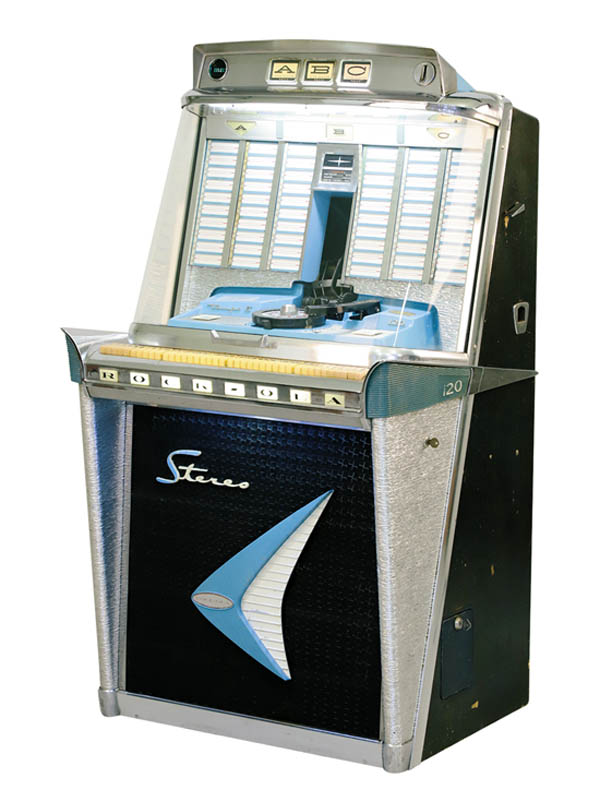
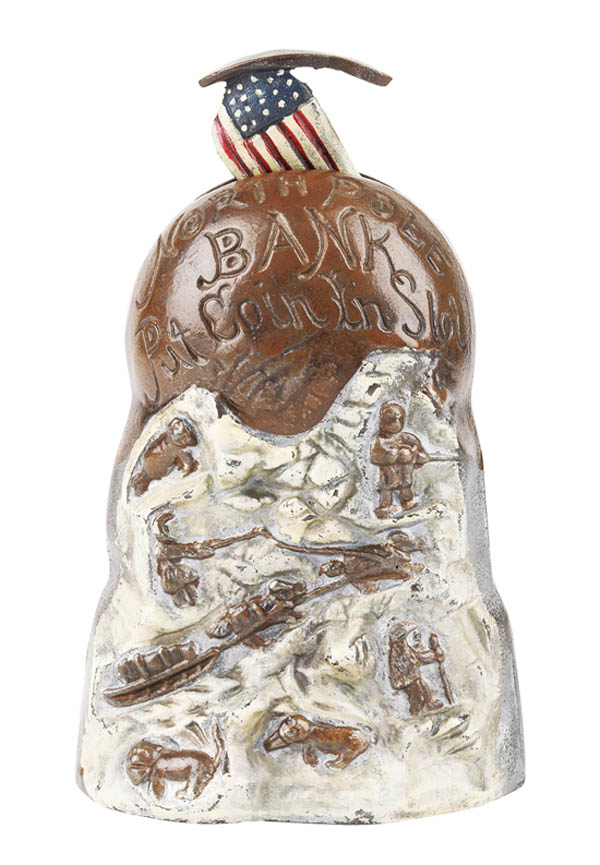
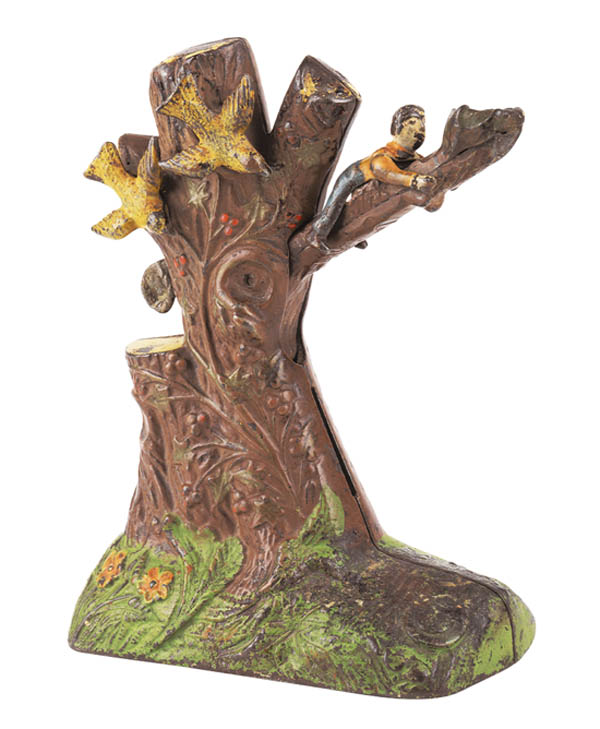
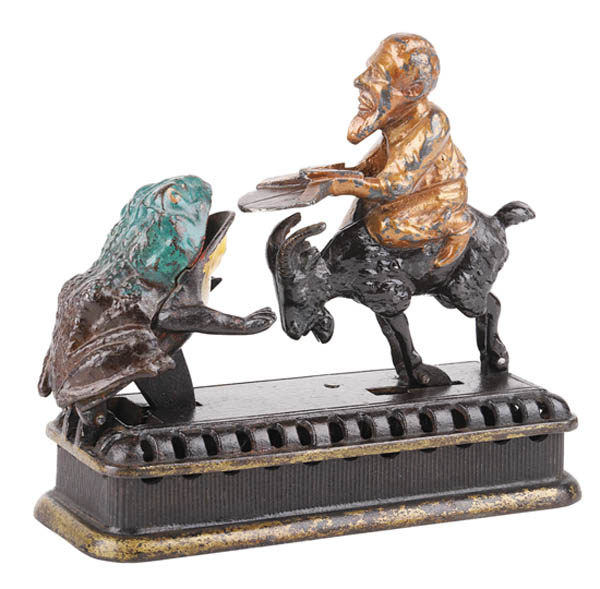
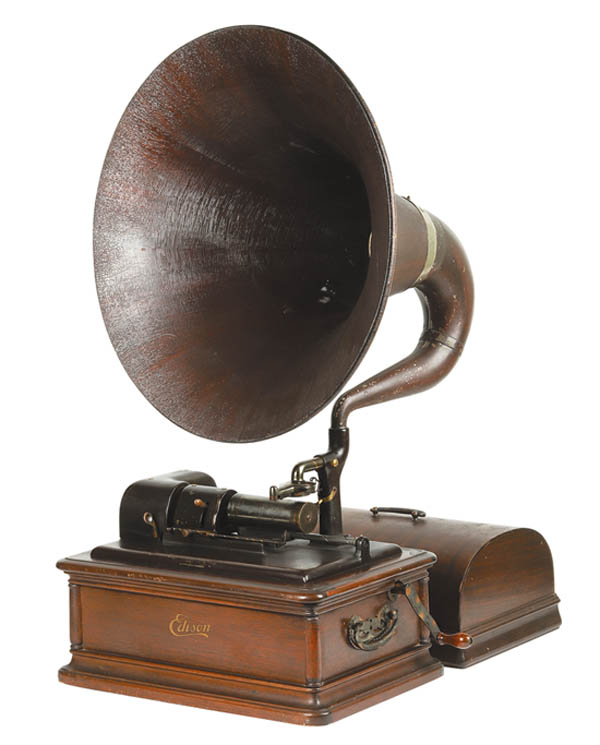
SHARE
PRINT